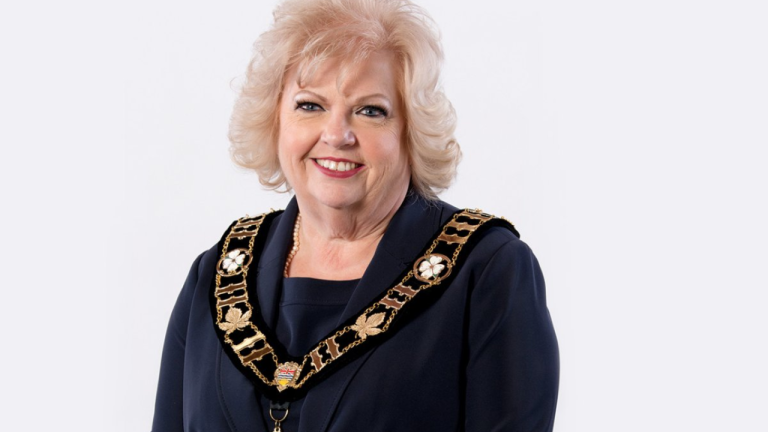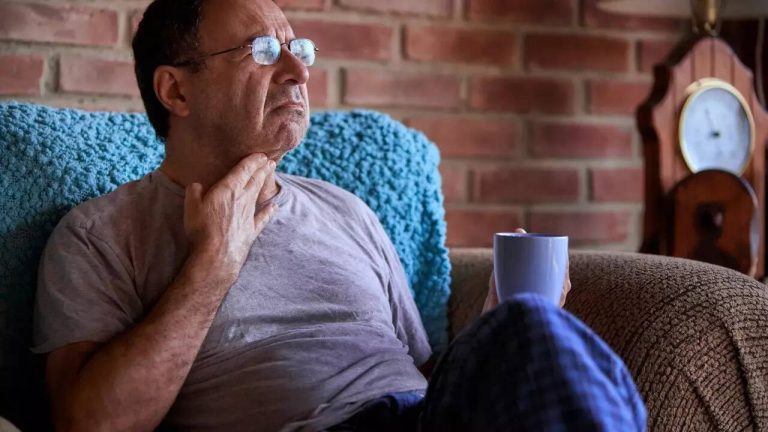Boost Your Mood: How Exercise Can Help Manage Anxiety and Depression
Takeaways: Exercise is more than just a physical activity; it’s a powerful tool for managing anxiety and depression. Regular physical activity can enhance your mood, reduce stress, and improve overall mental well-being. Whether it’s a brisk walk, a dance class, or a gym session, incorporating movement into your life can lead to significant improvements in your mental health.
It’s no secret that life can throw some tough challenges our way. I remember days when getting out of bed felt like climbing a mountain. Anxiety and depression can often feel like an unwanted shadow, hanging over us, whispering doubts and fears. But what if I told you that one of the simplest ways to combat those feelings is through exercise? Yes, you heard right! Let’s dive into how moving your body can help lift your spirits.
The Science Behind Exercise and Mental Health
First off, let’s talk about the science. When you exercise, your body releases endorphins—those magical little chemicals that promote feelings of happiness and euphoria. It’s like nature’s way of giving you a hug! Studies have shown that regular physical activity can help reduce symptoms of anxiety and depression. In fact, a study published in the American Journal of Preventive Medicine found that individuals who engaged in regular exercise had a 30% lower risk of developing depression.
But why does this happen? Well, exercise increases blood flow to the brain, which helps improve cognitive function and mood. It also reduces levels of the body’s stress hormones, such as adrenaline and cortisol. So, next time you feel overwhelmed, remember that a good workout could be just what the doctor ordered!
Finding the Right Type of Exercise for You
Now, let’s get practical. Not all exercise has to mean hitting the gym for an intense workout. The key is finding an activity that you enjoy. For me, it started with simple walks around my neighborhood. There’s something therapeutic about being outdoors, breathing in fresh air, and just moving my legs. Over time, I ventured into yoga, which not only got me moving but also taught me the beauty of mindfulness.
Here are a few types of exercises you might consider:
- Walking or Jogging: Easy to start and can be done anywhere. Plus, it’s a great way to clear your mind.
- Yoga: Combines physical movement with mindfulness, helping reduce stress and improve your mood.
- Dance: Whether it’s a dance class or just grooving at home, moving to music can be incredibly uplifting.
- Strength Training: Lifting weights can boost your confidence as you see your body getting stronger.
The important thing is to find something that doesn’t feel like a chore. If you dread it, you’re unlikely to stick with it. And remember, even short bursts of activity can be beneficial.
Making Exercise a Habit
Okay, so you’ve found your favorite way to move. How do you make it a habit? Here’s where I had to get a bit creative. I started by scheduling my workouts just like any other appointment. I would set reminders on my phone, and soon enough, it became part of my daily routine.
Another tip? Find a workout buddy! Having someone to share the experience with can make it way more fun and keep you accountable. I’ve had some of my best conversations while jogging with a friend. Plus, it helps to have someone cheering you on when you’re not feeling your best.
And let’s not forget about the power of setting small, achievable goals. Start with a goal to walk for 10 minutes a day, then gradually increase it. Celebrate each success, no matter how small. Trust me, you’ll feel a sense of accomplishment that boosts your mood even more!
FAQs
Can exercise really help with anxiety and depression?

What type of exercise is best for mental health?
Any exercise you enjoy can help! Walking, yoga, dancing, and strength training are all great options. The key is to find something that feels good for you.
How often should I exercise to see benefits?
Even small amounts of exercise can be beneficial. Aim for at least 30 minutes of moderate activity most days of the week. Consistency is key!
What if I don’t have time to exercise?
Even short bursts of activity can help. Try to incorporate movement into your daily routine, like taking the stairs instead of the elevator or doing a quick workout at home.
Can I exercise if I’m feeling really low?
It can be tough, but even a little movement can help. Start small and focus on just getting moving, even if it’s just a short walk.





